The universe contains countless strange phenomena. Below are the 12 most peculiar objects in space.
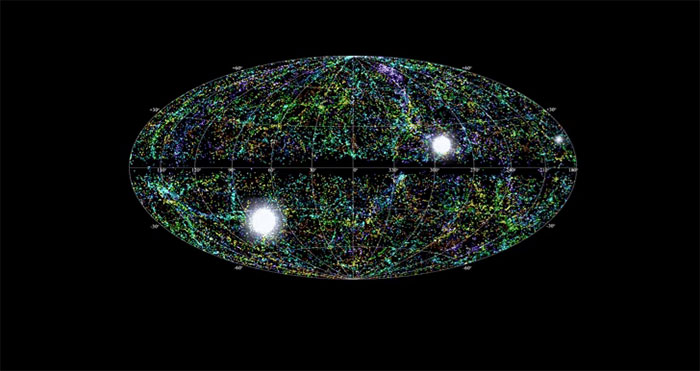
Mysterious Radio Signal. Since 2007, researchers have been receiving ultra-strong, ultra-fast radio signals that last only a few milliseconds. These mysterious bursts are known as Fast Radio Bursts (FRBs), and they appear to be billions of light-years away from us.
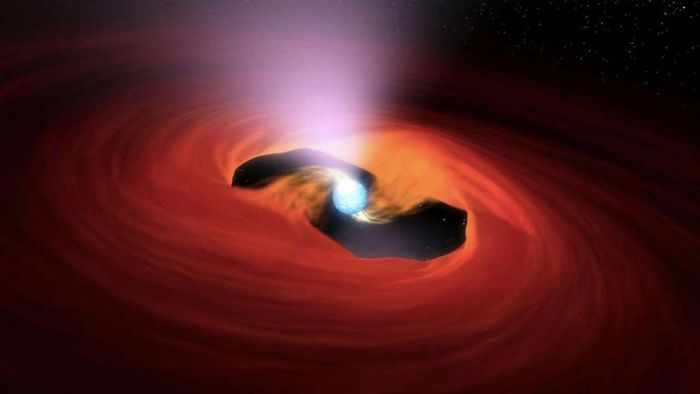
Nuclear Pasta. The strongest material in the universe forms from the “leftovers” of a dead star. Simulations suggest that the protons and neutrons in the crust of a star can undergo tremendous pressure, compressing them into clumps of material resembling delicate strands of pasta.
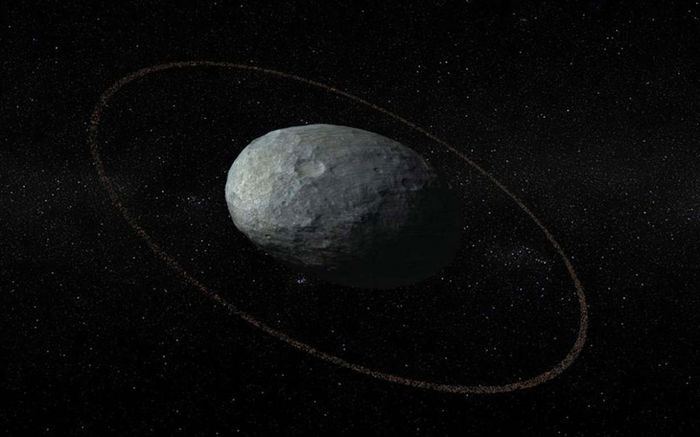
Haumea with Rings. The dwarf planet Haumea, orbiting the Kuiper Belt beyond Neptune, is a very unusual object. However, in 2017, Haumea became even stranger when astronomers observed it moving in front of a star and noticed extremely thin rings surrounding it. This may be the result of a collision in the distant past.
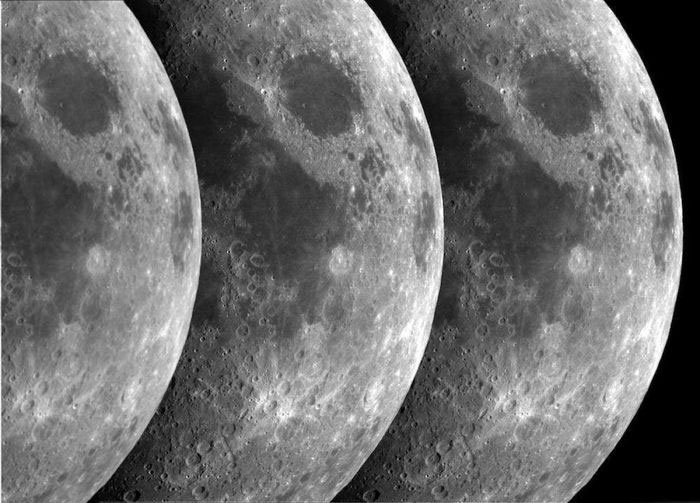
Moon of a Moon. What could be more interesting than if the Moon had a tiny moon orbiting it? Currently, the existence of a moon around the Moon remains theoretical, but recent calculations suggest that this could happen. Perhaps one day astronomers will discover evidence of it.
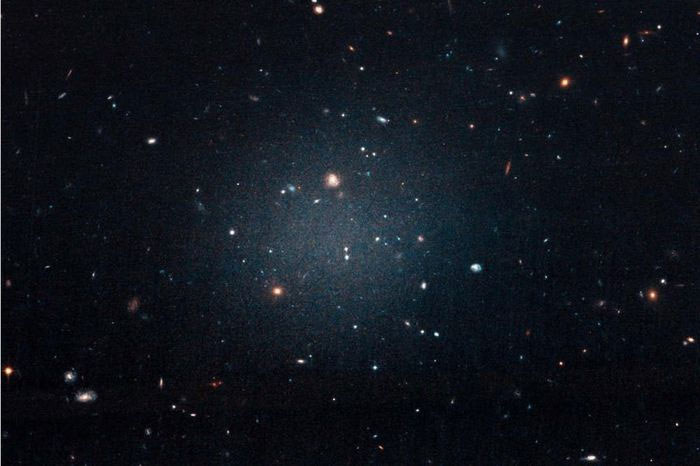
Galaxy with Little Dark Matter. Dark matter, or unknown matter, makes up 85% of all matter in the universe. This is peculiar, but researchers can be certain of one thing: dark matter is everywhere. In March 2018, scientists discovered a galaxy that contains almost no dark matter.
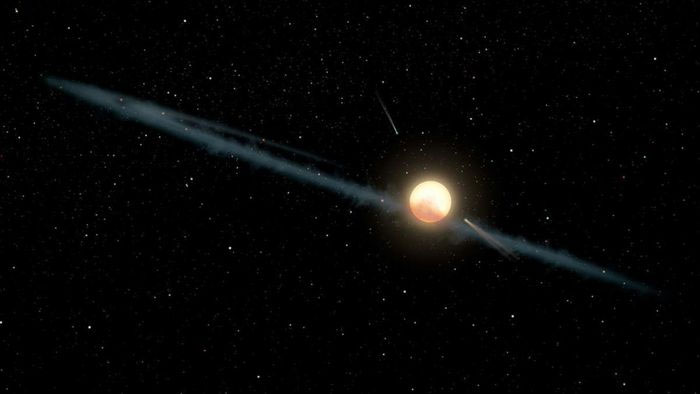
The Strangest Star. Astronomer Tabetha Boyajian from Louisiana State University and her colleagues were surprised when they first observed a star named KIC 846285. Nicknamed Tabby’s Star, this object exhibits irregular dimming over long periods of time.
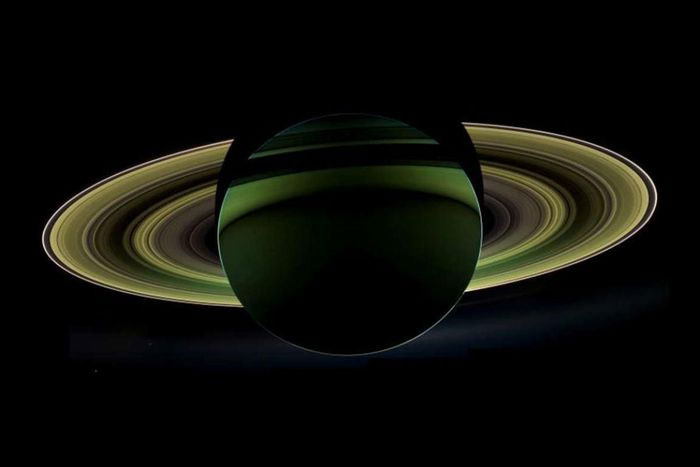
Highly Charged Hyperion. Saturn’s moon Hyperion looks like a sponge with many pits and craters. NASA’s Cassini spacecraft discovered that Hyperion is charged with a “beam” of static electricity flowing out into space.
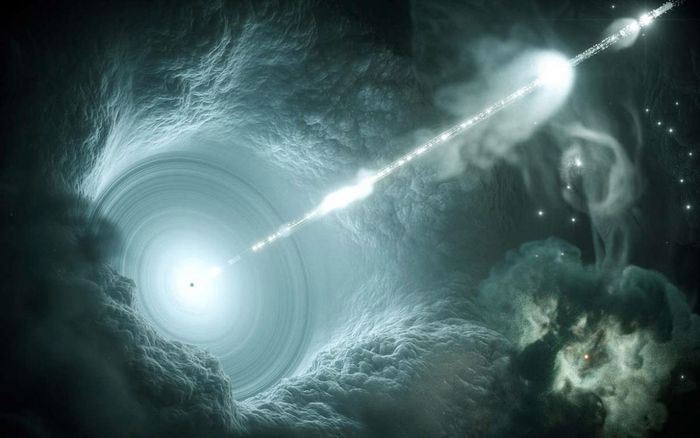
Guiding Neutrino. A single high-energy neutrino struck Earth on September 22, 2017, which is not unusual. Physicists at the IceCube Neutrino Observatory in Antarctica observe neutrinos with similar energy levels at least once a month. However, this neutrino is special because it was the first to provide enough information about its origin for astronomers to point their telescopes in its direction. They discovered that it had been “thrown” towards Earth 4 billion years ago from a supermassive black hole at the center of a galaxy consuming surrounding matter.
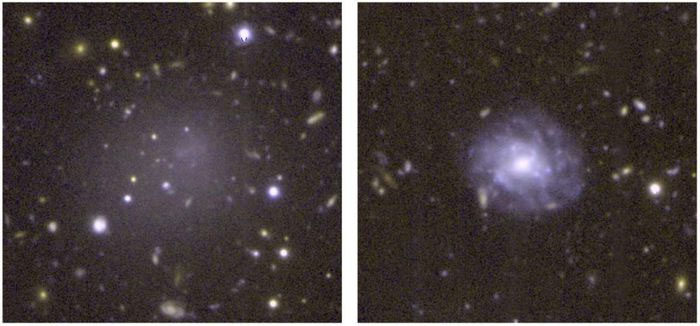
Living Fossil Galaxy. DGSAT I is a Ultra-Diffuse Galaxy (UDG), meaning it is as large as a galaxy like our Milky Way, but its stars are spread so thinly that they are nearly invisible. However, when scientists observed DGSAT I in 2016, they noticed it was standing alone, completely unlike other UDGs. The characteristics of DGSAT I suggest that this object formed in a very different era of the universe, around 1 billion years or more after the Big Bang, making DGSAT I a living fossil.
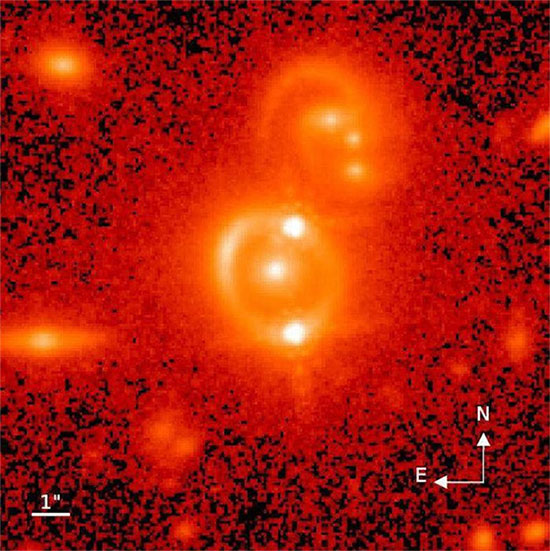
Gravitational Lensing Image. Massive objects bend light enough to distort the images of things behind them. When using the Hubble Space Telescope to detect a quasar from the early universe, researchers employed this method to estimate the rate of expansion of the universe and found that the universe is currently expanding faster than before – differing from other measurements.
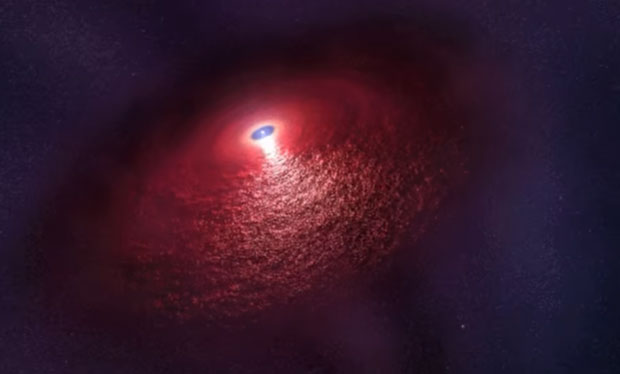
Infrared Stream from Space. Neutron stars are extremely dense objects formed after the death of a regular star. Typically, they emit radio waves or higher energy radiation like X-rays, but in September 2018, astronomers found a long stream of infrared light emanating from a neutron star located 800 light-years from Earth.
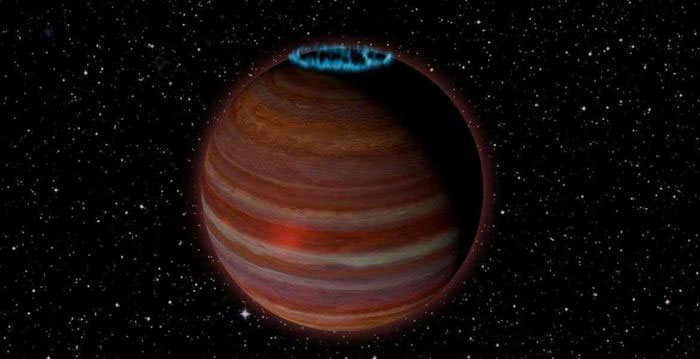
Rogue Planet with Auroras. Drifting through the galaxy are rogue planets, ejected from their parent stars by gravitational forces. One particular planet among these is named SIMP J01365663 + 0933473. This object, comparable in size to our planet, is located 200 light-years away and possesses a magnetic field more than 200 times stronger than Jupiter’s. The magnetic field is strong enough to create flickering auroras in the atmosphere of this planet, which can be observed with radio telescopes from Earth.


















































